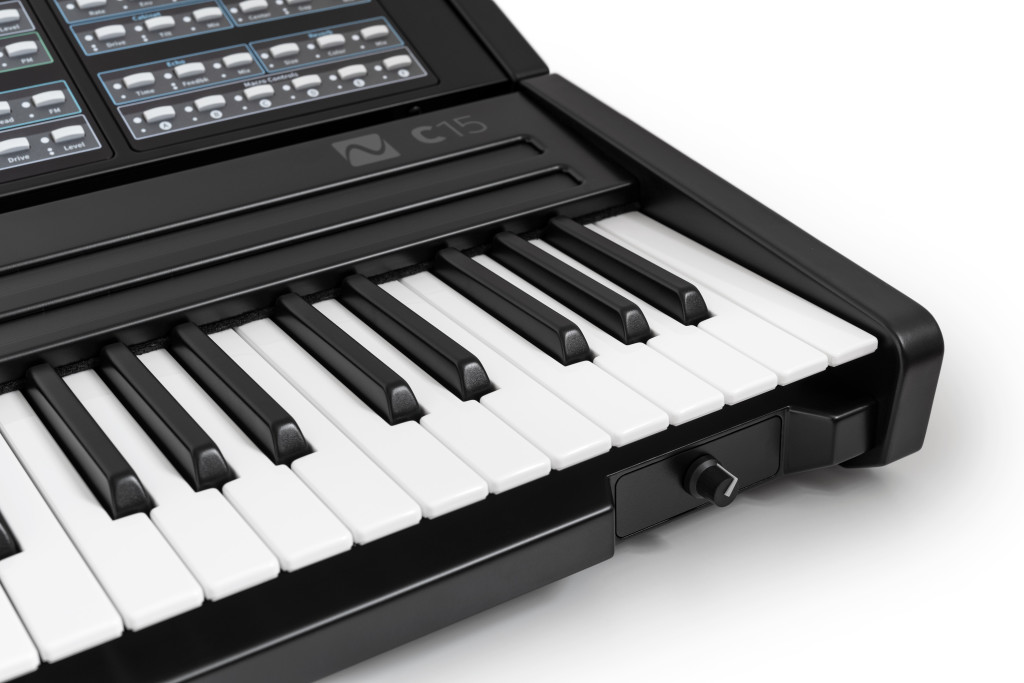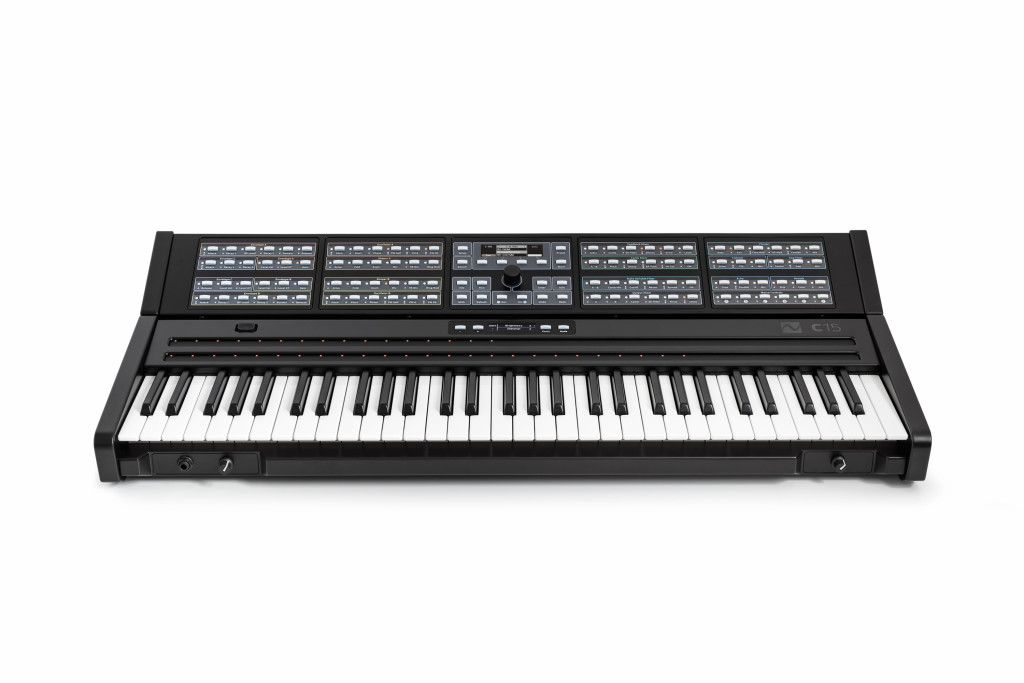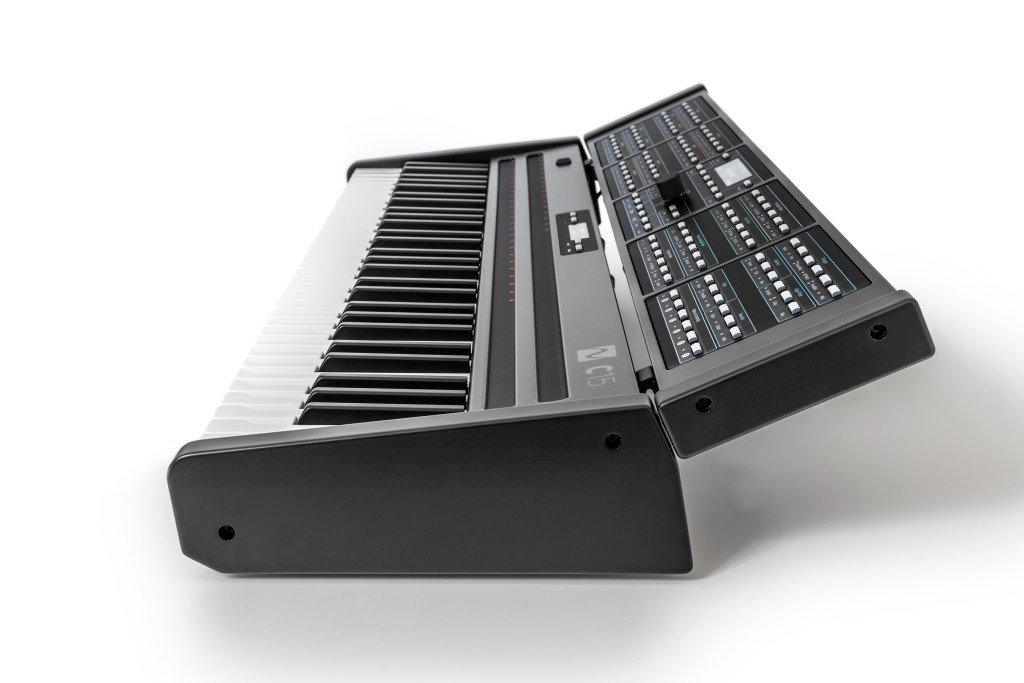Nonlinear Labs has unveiled a major firmware update for its expression-packed C15 “musicians, not machines” keyboard instrument. No LFOs? No problem: modulation and envelopes are now massively expanded in ways that should intrigue sound designers and keyboardists alike.

For those not in the know: the C15 and Nonlinear Labs are the brainchild of Stephan Schmitt, founder of Native Instruments and creator of Reaktor. A talented, craft-obsessed team in Berlin now design the instrument and run its German-Italian production. Now, if you’re not in the know, just check the screenshots – this is one controller-heavy, eye-catching keyboard. There’s a deep digital synth engine inside, too, as you’d expect from Stephan and team, rooted in phase modulation, comb filter, and feedback – so it doesn’t sound particularly like any other instrument, either.
The original orthodoxy of this instrument was a little extreme: no internal sequencers, no LFOs, and originally no MIDI. There’s MIDI now (phew) – a 2021 addition. And yet if you believe in the original philosophy of the C15 – that instruments are about human players, not machine players – the modern C15 should still please, especially with those unique pedal connections, pitch bend, and dual full-length ribbons. (Even before starting Nonlinear Labs, Stephan was a big advocate for pedals for performance, too.)

What’s nice about this third major firmware update is, you get all that playability, but with major features for sound designers. The instrument that originally “banned” LFOs is now one of the most modulation-friendly instruments around.
The “LFO ban,” in fact, means some very powerful use of looping envelopes.
- Modulate all parameters with the Macro controls (some 185 modulation targets, up from 95)
- Extended ranges for 17 parameters
- Bypass Feedback mix Gate and control the decay of Envelope C using velocity
- Envelope C now has a loop function, allowing it to “behave like a polyphonic LFO” – since it syncs to key, with velocity and key trackings
- Single sounds can now use a second effect group, upping the total effects to ten
- Both effects groups have parallel and serial support
- Pan Parts and effects groups and route them separately to left/right audio output
- Splits now have extended feedback routing – one Part’s output can be another Part’s input
- New Preset Search with overhauled, streamlined output and search and sort criteria
- The two physical ribbons can now control up for four macros (by swapping them with a pair of virtual ribbons)
Here’s a look:
Complete documentation:
https://www.nonlinear-labs.de/support/updates/23-05/C15-Update-23-05-WhatsNew.pdf

I love that stuff like this exists – the opposite of any late-capitalist view of electronic music production, a kind of alternate-reality version where digital instruments have evolved from traditional craft.
They’re neighbors, so anything you want to know about Nonlinear Labs, just ask and we can pay them a visit.